Copyright, Trademark, and Patent: Intellectual Property Rights for Amazon Sellers

If you can’t afford a Louis Vuitton bag, would you settle for Korean chicken that gives you the LV feels?
In 2016, Louis Vuitton filed a case against a South Korean fried chicken company called Louis Vuiton Dak. The fast food’s branding is just too similar with the fashion house’s, so the billion-dollar company had to take legal action.
Things like this aren't uncommon in business. If you’re an Amazon seller, you should know that the company takes intellectual property very seriously.
To help you avoid a costly legal battle, we will explore the different intellectual property rights Amazon sellers have to concern themselves with. We will look at what they are, what they protect, and for how long you can be protected.
Let’s start learning!
Contents
- What Intellectual Property Is and Why It’s Important
- Kinds of Intellectual Property
- Patent: Definition and Kinds
- Copyright: Definition and Limitations
- Copyrighted Material on Amazon
- Trademarks: Definition and Importance
- Using Trademarks on Amazon
- Trademarks Acceptable to Amazon
- How Amazon Deals with IP Infringement
- Conclusion
What Intellectual Property Is and Why It’s Important
Black’s Law Dictionary defines intellectual property as a “category of intangible rights protecting commercially valuable products of the human intellect.” In other words, it refers to rights to creations of the mind.
So why do we need to protect intellectual property rights?
Take the Louis Vuitton Korean chicken, for example. If uncontrolled, the designer brand's logo will be associated with the fried chicken business and its qualities. Brand perception is affected.
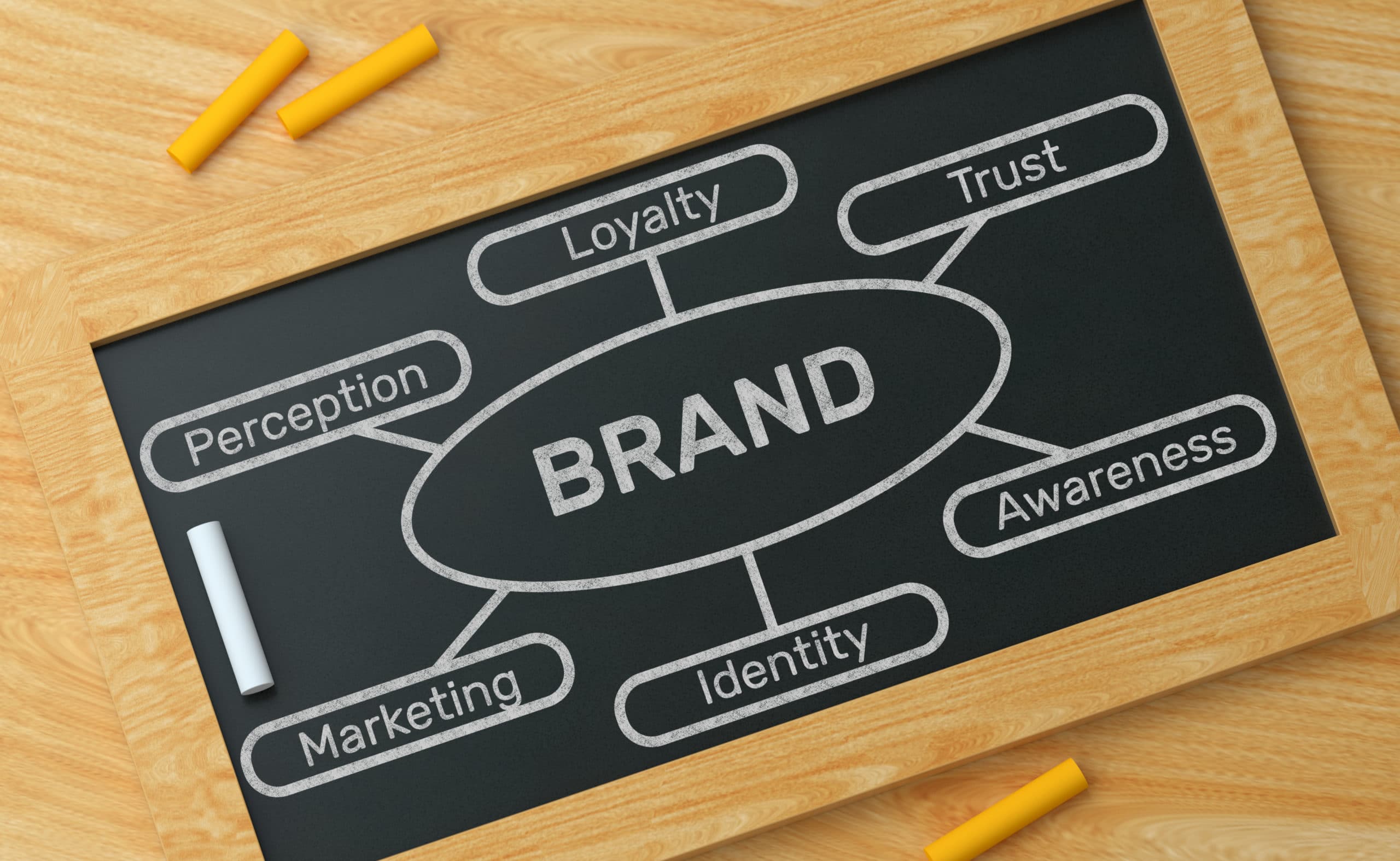
So instead of associating Louis Vuitton with high-quality, high-end fashion products, it will be associated with delicious chicken wings. (Imagine seeing the LV logo and instead of thinking glitz and glamour, you feel hungry.)
Aside from brand perception, protection of IP rights also means protection of assets.
Imagine that you designed or invented something commercially valuable that took you a lot of time and resources to come up with. Then after all that hard work, somebody just copies it and markets it better. If it weren’t for IP rights protection, you would have been working for that person for free!
Kinds of Intellectual Property
There are four main types of intellectual property:
- Patent
- Copyright
- Trademark
- Trade secrets
A trade secret is important information about a business that derives value from its secrecy. Examples include Coca-cola’s recipe and KFC’s secret blend.
Amazon is concerned mainly about the first three kinds of IPs because trade secrets are hardly ever involved in the platform.
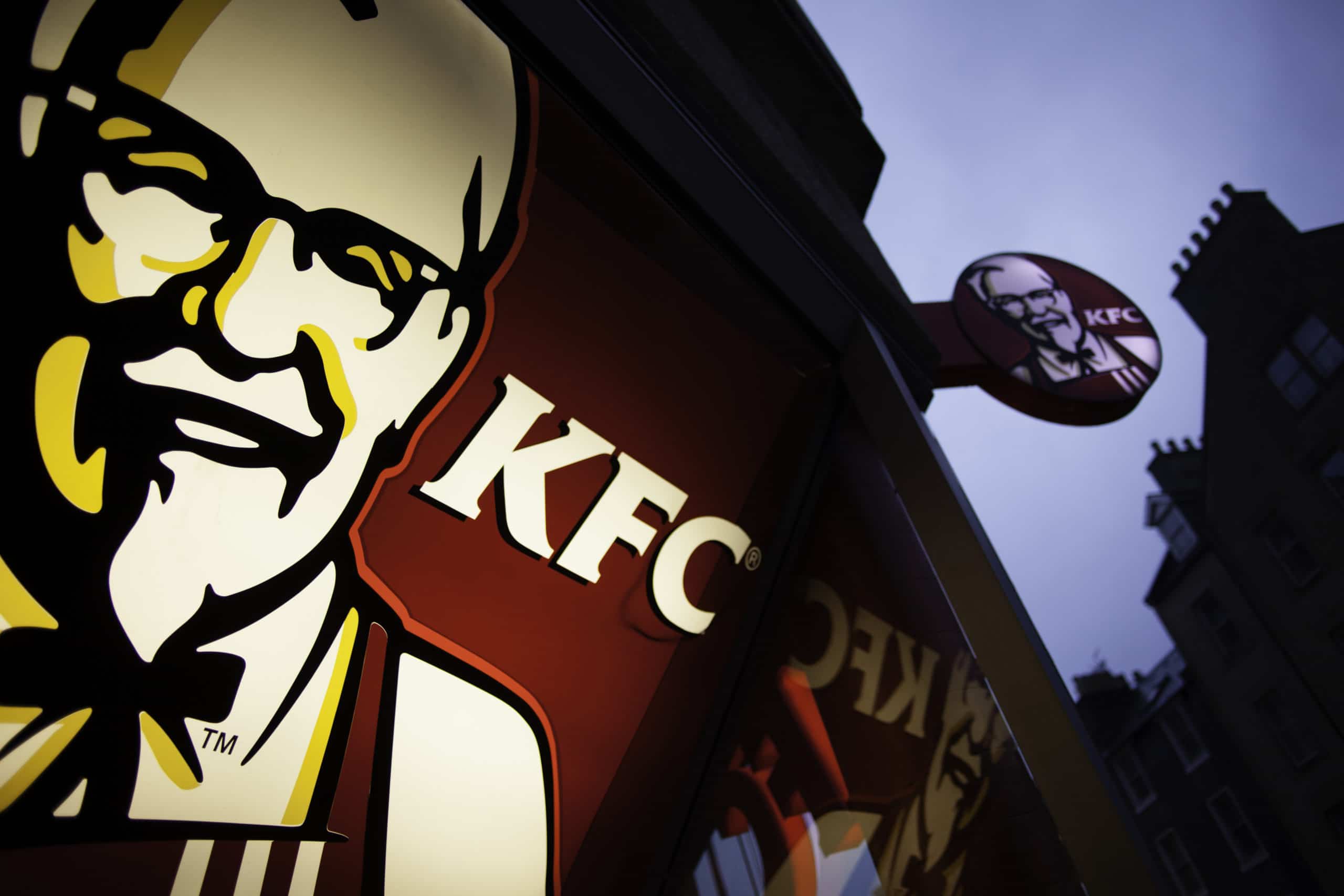
The three other types are defined by Amazon as follows:
| Patent | Copyright | Trademark |
|---|---|---|
| Legal protections for inventions | Legal protections for original works of authorship | Legal protections for a word, symbol, design, or combination of the same that a company uses to identify goods and services |
To visualize the difference among the three, think of a newly designed machine that performs unique functions when you think about patents. Think of logos for trademarks, and books for copyright.
We will discuss these three in detail in the following sections.
Patent: Definition and Kinds
A patent is a form of intellectual property that deals with inventions. It allows the inventor to exclude others from selling, using, or copying the invention.
Kinds of Patent
According to US Code Title 35, the United States Patent and Trademark Office (USPTO) issues three types of patents, which are distinguished as follows:
| Utility Patent | Design Patent | Plant Patent |
|---|---|---|
| May be granted to anyone who invents or discovers any new and useful process, machine, article of manufacture, or compositions of matters, or any new useful improvement thereof | May be granted to anyone who invents a new, original, and ornamental design for an article of manufacture | May be granted to anyone who invents or discovers and asexually reproduces any distinct and new variety of plant. |
As you may guess, plant patents aren’t very popular with Amazon sellers. In fact, in its FAQ page about patents, it mentions only the other two. So let’s get to know them a little better using examples.
Broadly speaking, utility patents protect the rights of the inventor in the way the invention functions and how it is used.
Let’s say you were tinkering in your garage one day and invented a new and faster way of printing magazines. This is an example of a utility patent because it deals with an invention’s function.
A design patent, on the other hand, protects how a product looks. Generally, it’s cheaper to apply for a design patent compared to a utility one.
An example of a design patent is the shape of the Coca-cola bottle:
This unique bottle design was patented in 1915 by Root Glass Company of Terre Haute, Ind. It’s still recognized as an iconic symbol of a company that continues to grow more than a century later. Now, when people see this shape, they think of the carbonated drink whose high sugar content we usually ignore.
If your invention has both commercially valuable and unique utility and design, you can apply for a design and utility patent.
How long will a patent registration protect you and how much does it cost?
If you apply for a patent, your intellectual property will be protected for twenty years, except for design patents that last for only fifteen years. Patent registration costs around $1000 for simple patents for small businesses and upwards of $15,000 for more complex ones.
Additionally, you would need to pay maintenance fees during the following years from the patent grant: 3 ½, 7 ½, and 11 ½.
The USPTO sets fee schedules which are available on their website.
Copyright: Definition and Limitations
A copyright is a type of intellectual property that protects the owner’s rights of making copies of his work. It doesn’t protect ideas. Instead, it protects how things are expressed.
What does this mean?
Say Student A writes a code for a computer program that calculates taxes. Student B makes another code on a later date that does the same thing.
Does this mean that Student B has committed copyright infringement?
No. Student B’s code is uniquely his own, i.e., while both codes do the same thing, how the code was written is different. It’s another story when Student B merely copied the work of Student A without his permission or copied large portions of it that an observer will find them substantially similar.
Do you need to register your material to be protected against copyright infringement?
The short answer is no.
Copyright applies at the moment of creation. While there are limitations to this right such as the First Sale Doctrine, there is no need to register your original work for it to be protected.
But while registration is optional, it is encouraged, especially if it involves commercially significant works. In the United States, registration is necessary before an infringement case can be filed. So if you want to sue someone for copyright infringement, you will have to register first before you can do so.
There are other advantages to registering for a copyright, including the availability of public records that prove ownership. And when registration is made before the infringement or within three months after publication, the owner is eligible for costs, statutory damages, and attorneys’ fees.
However, take note that there’s no guarantee of protecting your work in other countries. There’s no such thing as an international copyright. Copyright laws differ, and national laws generally govern unless the countries enter into an international agreement.
China, for example, has acceded to many international conventions involving intellectual property rights protection. However, there’s still much left to be desired when it comes to implementing these rights.
How long does a copyright last?
Copyrights, even registered ones, do not last forever. This is why publishers can republish Jane Eyre without Charlotte Bronte’s permission (a very inconvenient task that requires resurrection).
The duration of copyrights in the United States could be summed up in the following:
| General rule | For works published after January 1, 1978, protection lasts during the lifetime of the author plus 70 years. |
| For anonymous or pseudonymous work, or a work made for hire | 95 years from the year of its first publication OR 120 years from the year of its creation, whichever expires first |
Copyrighted Material on Amazon Listings
We don’t usually read the fine print, thanks to our eagerness to tick “I’ve read and accept the terms and conditions.” But note that when you agree to these terms, you are giving Amazon and its affiliates a license to use the copyrighted photos and videos that appear in product detail pages.
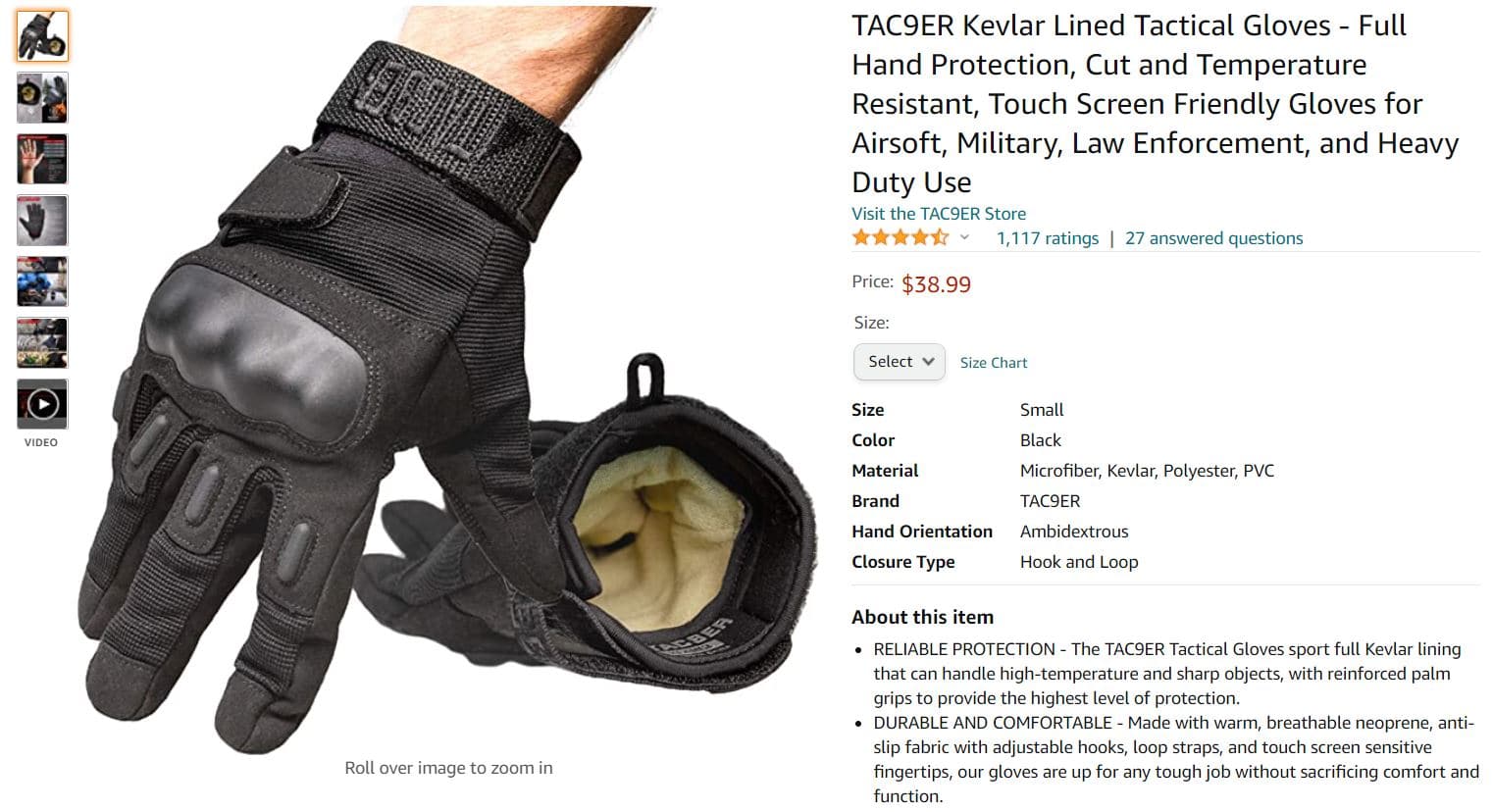
However, there are a few things you can’t do:
- You cannot add to, delete from, or alter the photos.
- You cannot use the photos to promote products that are offered on any site other than Amazon.
- You cannot display any data, images, text, or other information or content you may obtain from Amazon that relates to Excluded Products.
Excluded Products on Amazon are the following:
- any product or service sold on a site linked to from an Amazon Site
- Kindle eBooks; and
- Products with ASINs that are specifically excluded by Amazon. You can check these ASINs here.
You can resize the photos and post them to your site. But before you can do that, make sure you are a registered Amazon Associate who uses Amazon’s API or SiteStripe.
Furthermore, other sellers can list their items for sale on pages to which you have added your copyrighted images and videos. This applies even if you no longer sell that product.
Now on to the last kind of IP.
Trademarks: Definition and Importance
A trademark can be a word, group of words, symbol, design, or a combination of these that distinguishes the source of goods.
For example, if you see a swoosh logo on a product, there's a strong possibility that the product is made by the brand Nike (assuming of course that you're looking at an authentic product).
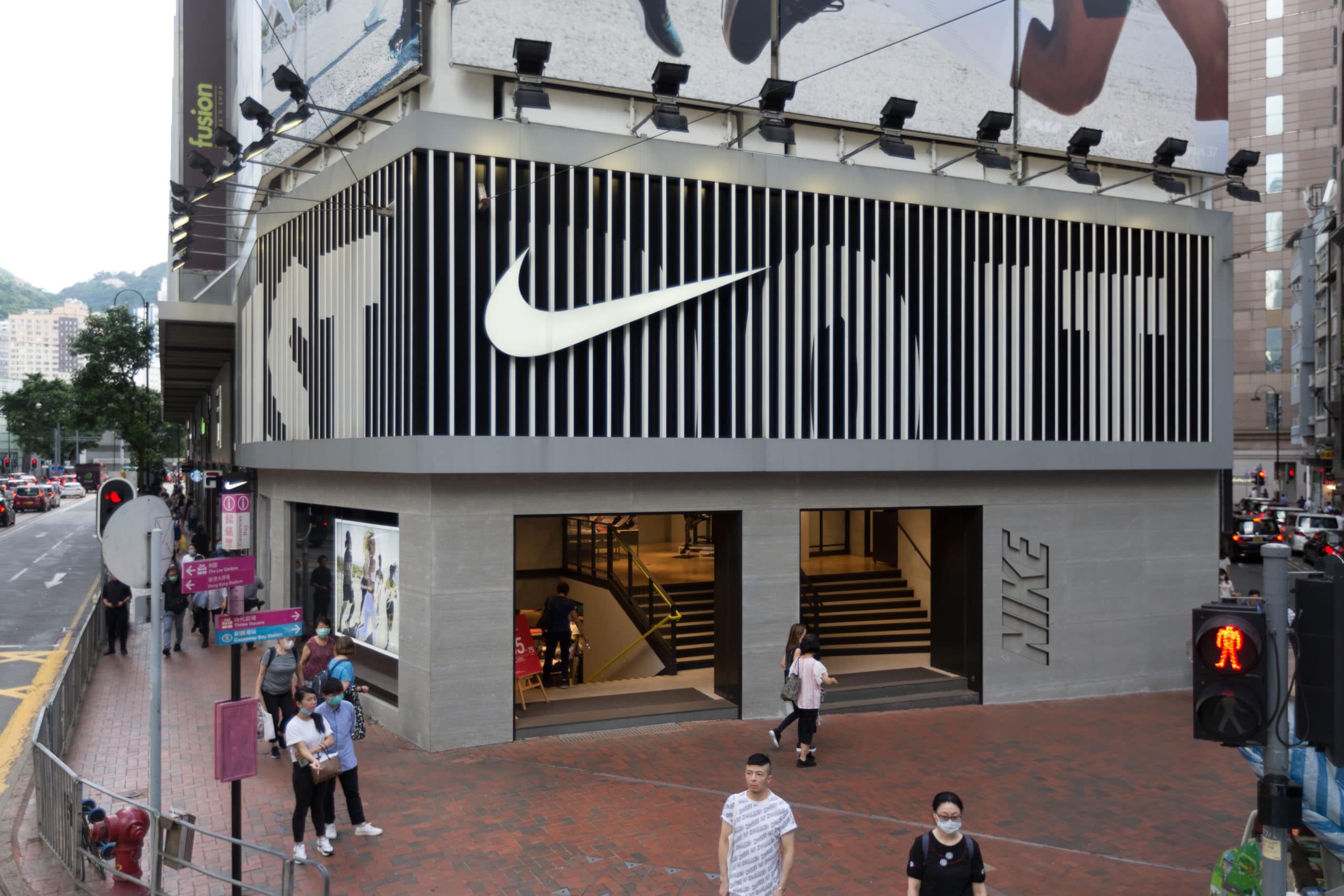
What’s special about trademarks is that unlike copyrights and patents, it does not expire. As long as the logo or slogan is still used by the brand to identify itself, the protection still applies.
Do you need to register a trademark?
As a general rule, you don’t need to register a trademark because of what we call “common-law trademarks.”
As long as you use a unique trademark in commerce, it will be recognized as yours. However, this will usually be limited to your locale.
There’s even a difference between registering your trademark just within your state and with the USPTO. There is a legal presumption of your ownership of the trademark and your exclusive right to use it nationwide when you go for the latter.
A registered trademark uses the symbol ®. On the other hand, ™ indicates that it is not registered.
Using Trademarks on Amazon
So if trademarks are protected by brands, what does it mean for Amazon resellers? Do they still need the brand’s permission to use the trademark in their listings?
Not necessarily. According to Amazon, the unauthorized use of a trademark is considered infringing only “if it is likely to cause confusion as to the source, endorsement, or affiliation of the goods.”
Other than that, you’re free to resell any product by other brands as long as they are not restricted. And for gated categories, you have to be approved before you can take your listing live.
The Importance of Trademark to the Amazon Brand Registry
If you’re a brand owner who sells on Amazon, having a registered trademark is a necessity for you to be eligible for the Brand Registry.
Enrolling in the program offers a lot of advantages including
- Better protection against infringement
- Access to Amazon’s A+ Content
- More control over your product listings
- Access to a brand monitoring tool
But here’s the concern: Trademark approval can often take over a year in America.
Fortunately, you don’t need to get a registered trademark before you can successfully enroll, thanks to the IP Accelerator. As long as you’ve filed for your trademark using one of the law firms connected to the IP Accelerator, you can enroll for Brand Registry.
Trademarks Acceptable to Amazon
Currently, two types of trademarks are accepted by Amazon:
- text-based mark (word mark)
- image-based mark with words, letters, or numbers (design mark)
A text-based trademark consists only of words or numbers without any graphic elements. This is also called a word mark. Here’s an example:
Image-based trademarks, on the other hand, contain graphic elements along with the words and characters. The usual Amazon logo we see is an example.
It seems simple enough, but here’s where many Amazon sellers start having problems. If you are registering with the USPTO, the Mark Drawing Type must be any of the following:
- 1 – Typeset word(s) / Letter(s) / Numbers(s)
- 3 – An illustration drawing which includes word(s), letter(s) or number(s)
- 4 – Standard character mark
- 5 – Words, Letters, or Numbers in a stylized form
Notice that none of these include a trademark with only an image. Your trademark should have the brand name in words and other characters. A lot of sellers have this trouble when they are registering for Brand Registry because they upload an image-only trademark.
It seems as if Amazon cares less about what your logo looks like compared to what your brand is called.
When it comes to the strength in protecting your intellectual property, choosing between registering your word mark and design mark is dependent on how important the design elements are to identify your brand.
Of course, you can register both, but if you had to choose only one, consider how unique your design is and whether it will identify the brand more than the name itself. Apple, for example, is much more identifiable using its design mark rather than the word “Apple” itself.
Whichever is able to identify your brand better will afford your intellectual property better protection.
Another important thing to note is that Amazon currently accepts only trademarks that are issued by specific countries. They are outlined below along with where you can register your trademarks with.
CountryGovernment Entity
How Amazon Deals with IP Infringement
As mentioned in the introduction, Amazon takes IP infringement very seriously. Once a complaint is made, the company immediately removes the listing before even verifying its veracity.
You might get an email like this:
“We have removed your listings because of a buyer complaint about the authenticity of an item they received from you. If you have FBA inventory of the items causing “inauthentic” complaints, they are currently ineligible for removal. The listings we removed are at the end of this email.”
I know what you’re thinking—But what if a competitor uses this to remove my listing?
Unfortunately, that is possible and is not uncommon. To add salt to the wound, Amazon usually withholds the funds to your account when there’s an infringement complaint.
You will normally have the option to reply to the infringement complaint to Amazon and deny the allegation. If you deny the allegation, Amazon in many cases will force the accuser to seek legal action against you in order to keep the listing removed. Amazon will also provide you the contact information with the accuser and you can reach out to them directly to remove the IP complaint.
There are many ways in which your competitors can sabotage your listings. So where’s the section dedicated to infringement protection?
I don’t need to write one because we already have a full article on this. The article includes the detailed steps of what you can do when you’re dealing with
Head on over to that article and follow the steps.
How to Remove IP Complaints on Amazon
If you received an IP complaint through email, respond to it as soon as possible. First, send an email to the brand owner, explain, apologize, and ask to retract the claim. You can settle things with the intellectual property right holder before it goes to court.
Next, tell Amazon that you've already contacted the owner and explained your side. Provide a plan of action for IP removal and request Amazon to retract the claim.
Conclusion
While Amazon is not always on the hunt for IP rights violations on their site, they do take infringement complaints very seriously once they receive a report.
As an Amazon seller, your efforts shouldn’t be concentrated only in growing your business. Legal considerations should also be looked into.
Do you have any experiences regarding intellectual property on Amazon? Share it with the community in the comments section.
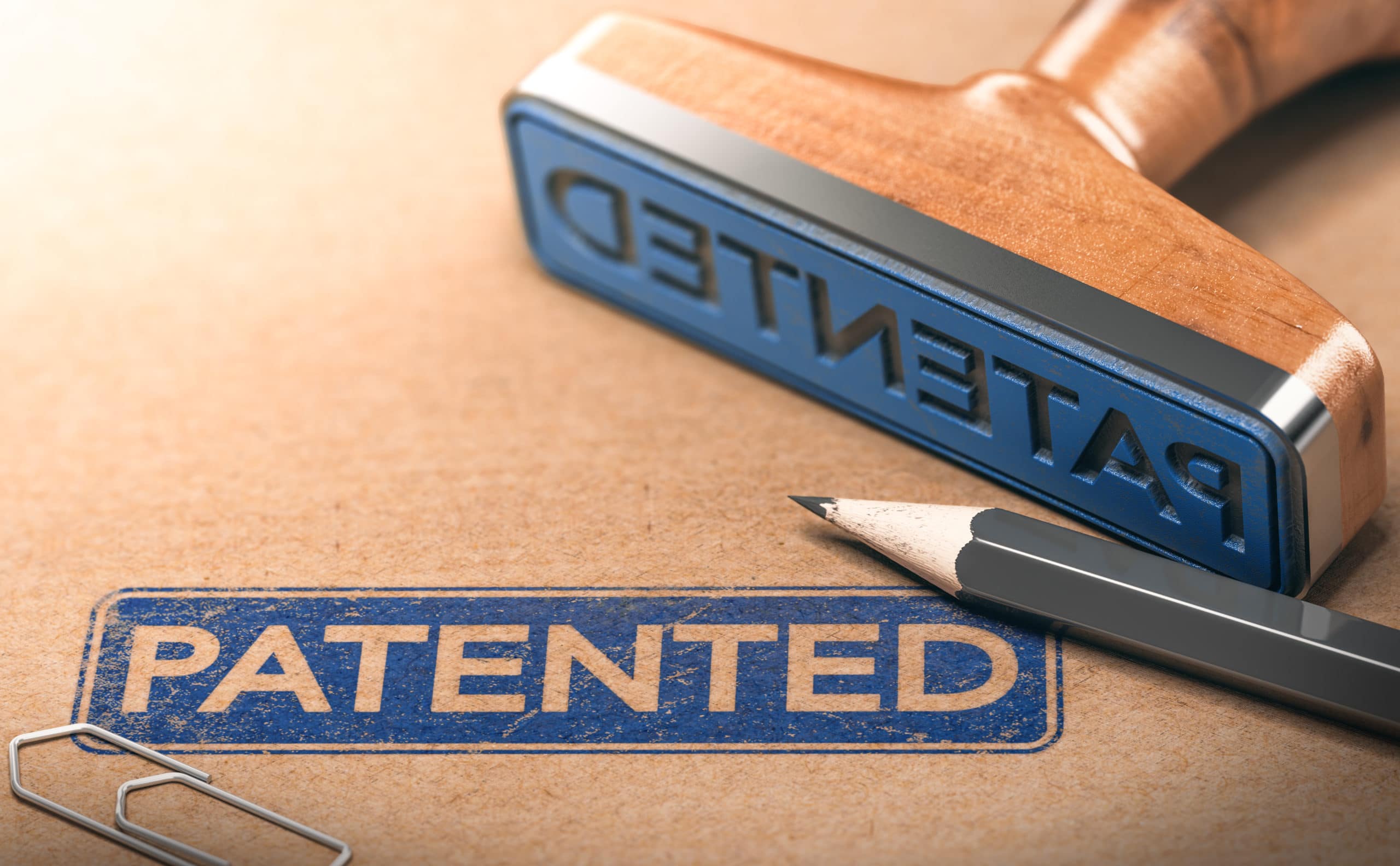
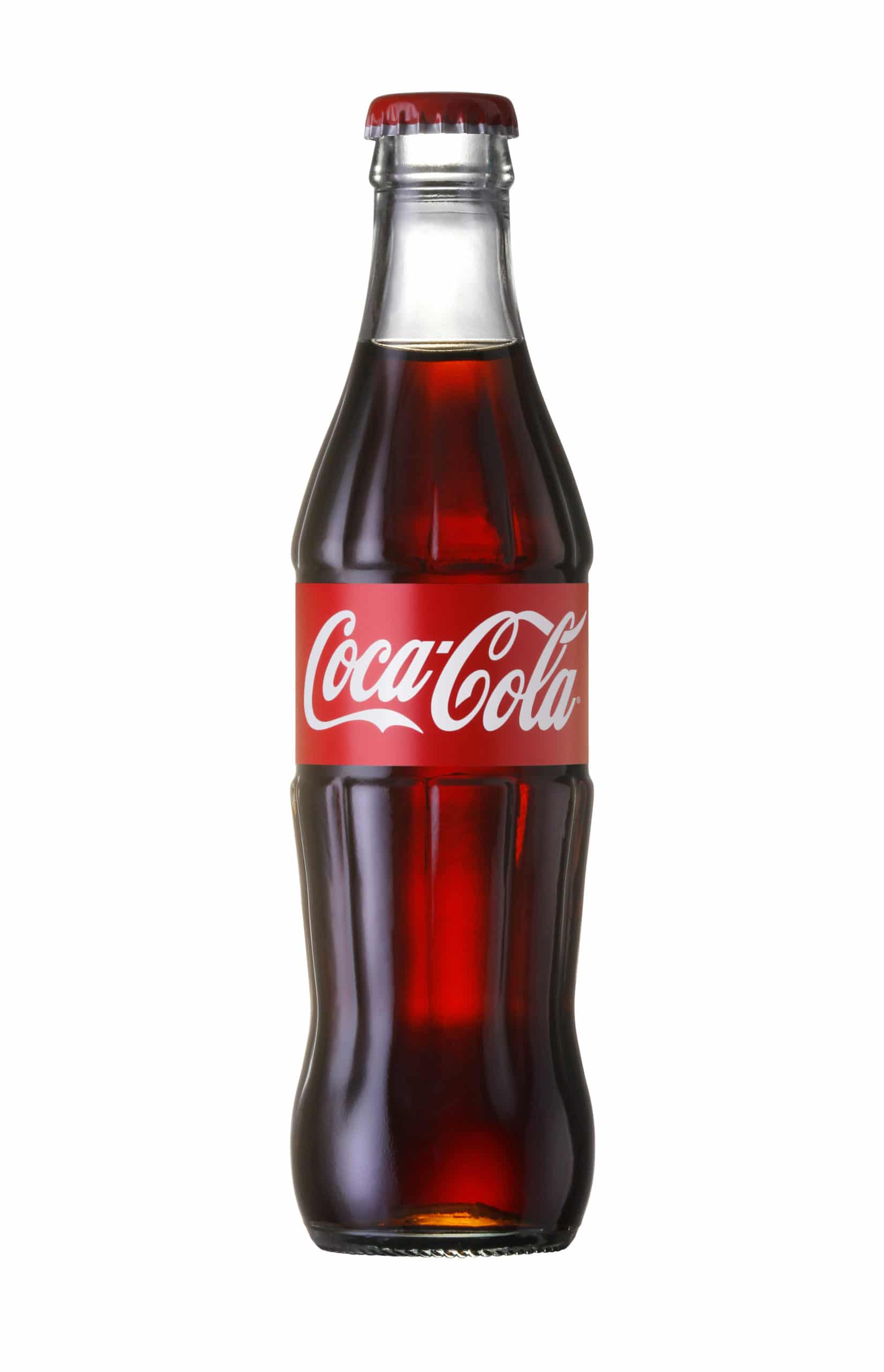
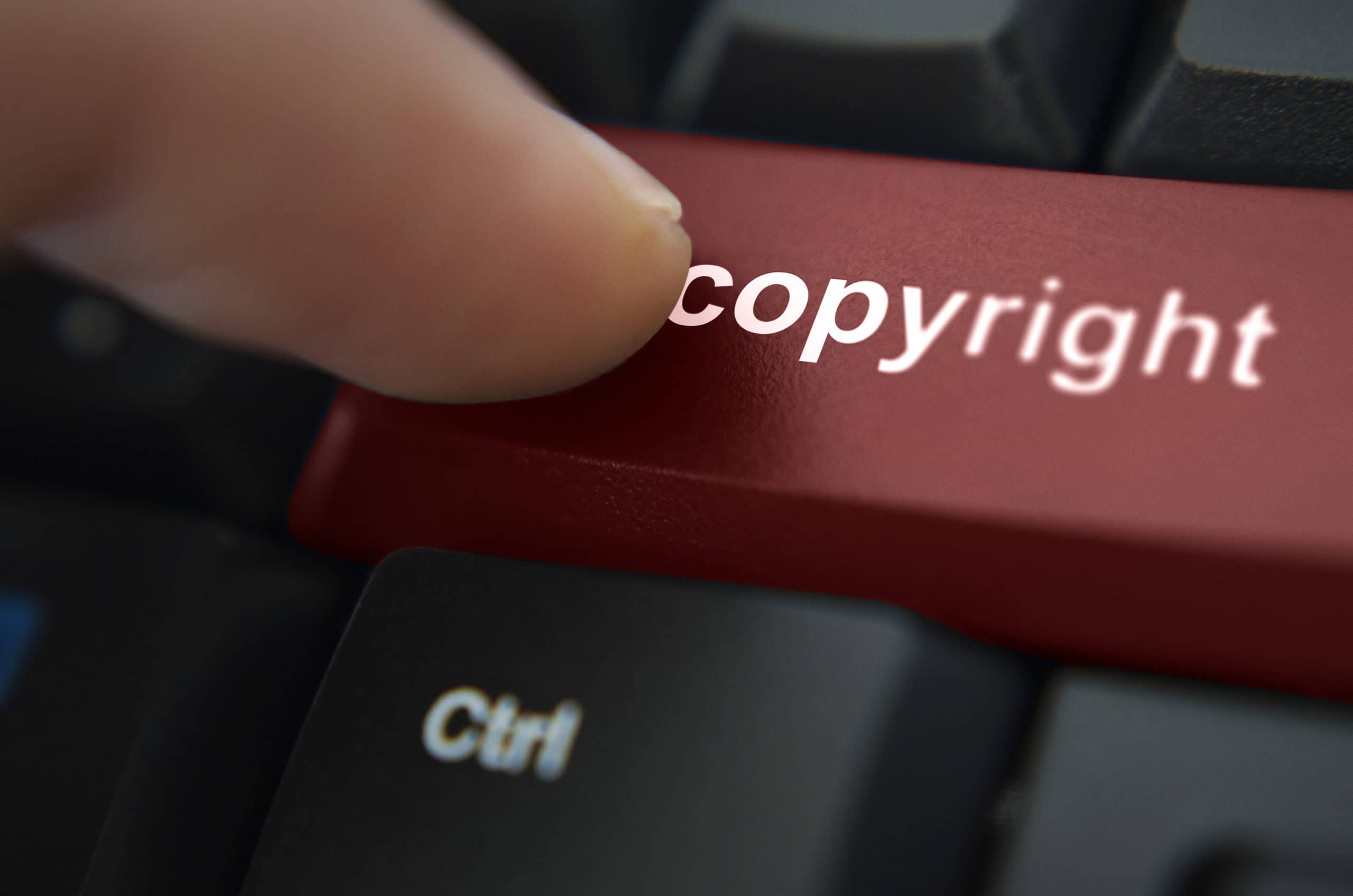
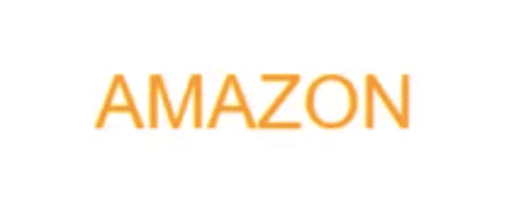
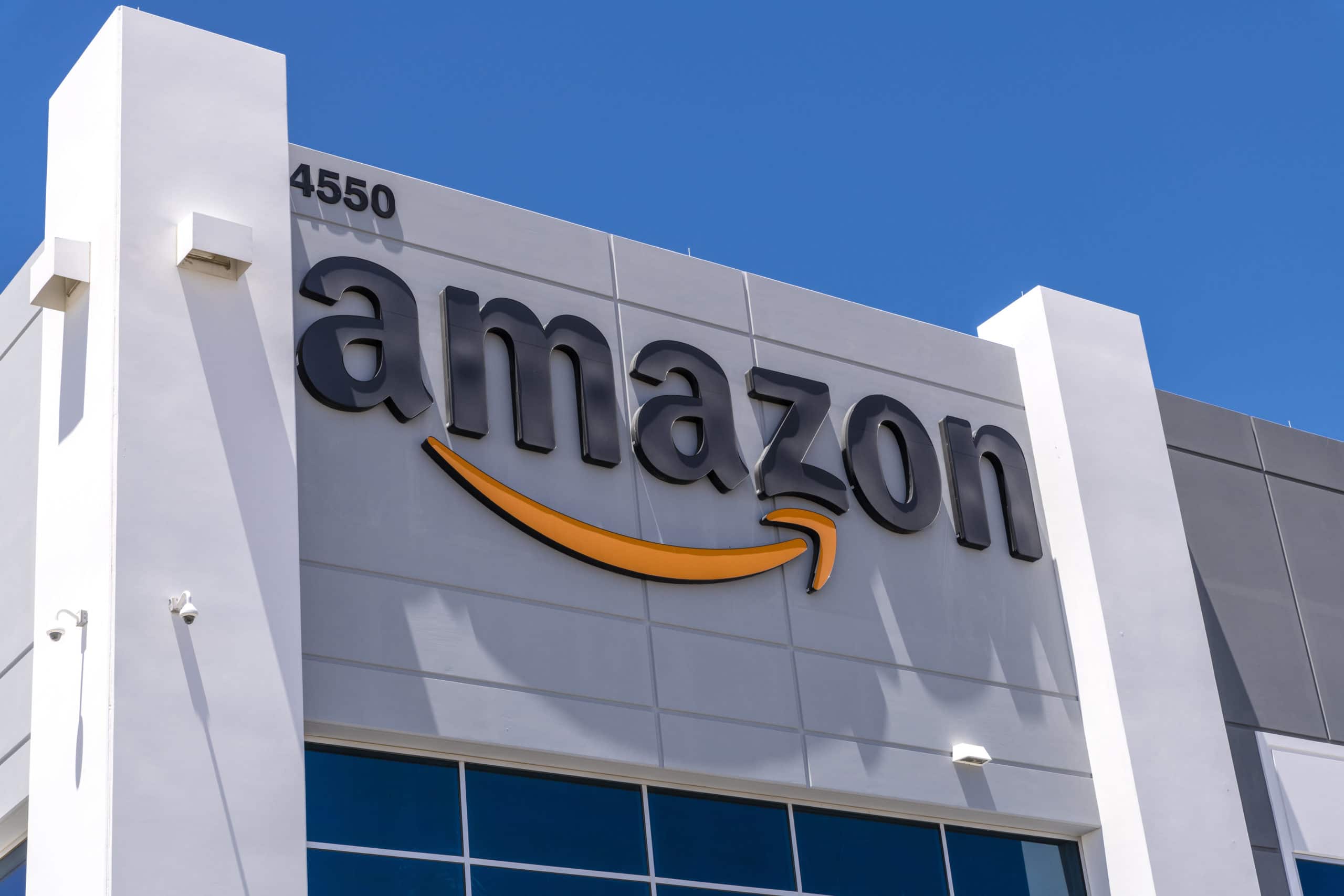




Very informative article – Thank you. My question would be regarding specific part of patented product. Let’s say there is patented coffee machine sold on amazon by registered brand. There is one part of this machine which is breaking down often and difficult to get from producer due to high demand. Can I slightly change this part (making it still compatible with coffee machine) and sell under my own brand?